What is the tolerance range of precision screws?
What is the tolerance range of precision screws?
Service Hotline
+86760-8787 8587We have more than ten years of production experience in the screw industry. The main products are: hard thin pads, chassis isolation column copper stud nuts, welding studs, manufacturing screws, cross flat head screws and bolts, anti-loosening hexagon nuts, cap claw hand screws Screw caps, carbon steel galvanized screws, copper buckle rivets, 4.8 grade 8.8 grade galvanized flange nuts, heavy metal spring washers, C-type washers, three-piece expansion pipe bolts, computerized copper posts, non-slip self-locking Fasteners such as nuts and bolts have different prices due to different product materials and specifications. Please contact us if you need them.


The bolt thread is generally cold worked, so that the thread blank within a certain diameter range passes through the rubbing (rolling) wire plate (die), and the thread is formed by the pressure of the wire plate (rolling die). The plastic streamline of the threaded part is not cut off, the strength is increased, the precision is high, and the quality is uniform, so it is widely used. In order to make the outer diameter of the thread of the final product, the required thread blank diameter is different, because it is limited by factors such as thread accuracy and whether the material is coated or not. Rolling (rubbing) thread is a processing method that uses plastic deformation to form thread teeth. It uses a rolling (screwing plate) die with the same pitch and tooth shape as the thread to be processed, while extruding the cylindrical screw blank, while rotating the screw blank, and finally transferring the tooth shape on the rolling die to the On the screw blank, the thread is formed. The common point of rolling (rubbing) thread processing is that the number of rolling revolutions does not need to be too much. If it is too much, the efficiency will be low, and the surface of the thread teeth will easily cause separation or random buckle. On the contrary, if the number of revolutions is too small, the diameter of the thread is easy to be out of round, and the pressure at the initial stage of rolling increases abnormally, resulting in a shortening of the life of the die. Common defects of rolled threads: cracks or scratches on the surface of the thread part; random buckles; out of roundness of the thread part. If these defects occur in large numbers, they will be discovered during the processing stage. If the number of occurrences is small, the production process does not notice these defects and then circulates to users, causing trouble. Therefore, the key issues of processing conditions should be summarized, and these key factors should be controlled in the production process.
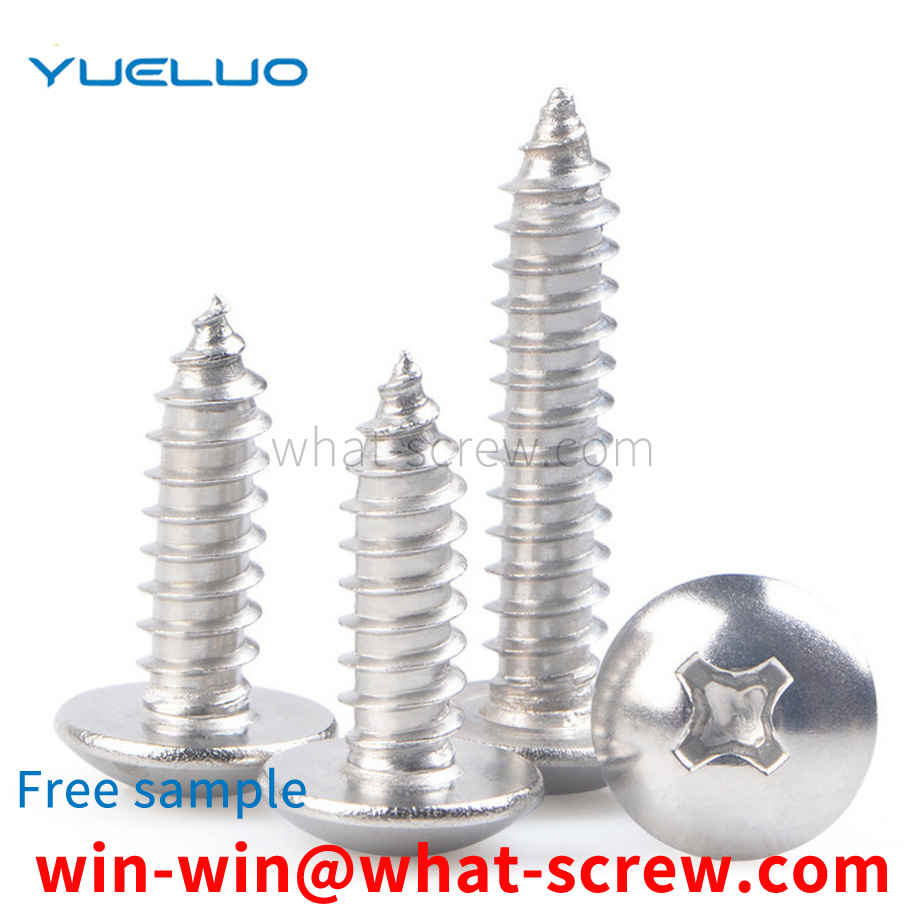
The meaning of bolt performance grade is an international standard. Bolts of the same performance grade, regardless of the difference in material and origin, have the same performance, and only the performance grade can be selected in the design. Strength grade The so-called 8.8 and 10.9 grades refer to the shear stress grades of bolts of 0.88GPa and 1.09GPa 8.8 Nominal tensile strength 800N/MM2 Nominal yield strength 640N/MM2 General bolts use XY to indicate the strength, X *100=tensile strength of this bolt, X*100*(Y/10)=yield strength of this bolt (because according to the regulations: yield strength/tensile strength=Y/10, that is, 0.Y is the yield strength ratio ) If the grade is 4.8, the tensile strength of this bolt is: 400MPa; the yield strength is: 400*8/10=320MPa. Another: stainless steel bolts are usually marked as A4-70, A2-70, and the meaning is otherwise explained Measurement: There are two main units of length measurement in the world today, one is the metric system, and the measurement unit is meters (m) and centimeters (cm). ), millimeter (mm), etc., are used more in Europe, my country and Japan and other Southeast Asian regions, the other is the British system, and the unit of measurement is mainly inches (inch), which is used more in the United States, Britain and other European and American countries. 1. Metric measurement: (decimal system) 1m2 =100 cm2=10000 mm2, imperial measurement: (8 decimal system) 1 inch = 8 inches 1 inch = 25.4 mm 3/8¢¢×25.4 =9.523, 1/4 ¢¢ The following products are indicated by their number, such as: 4#, 5#, 6#, 7#, 8#, 10#, 12#
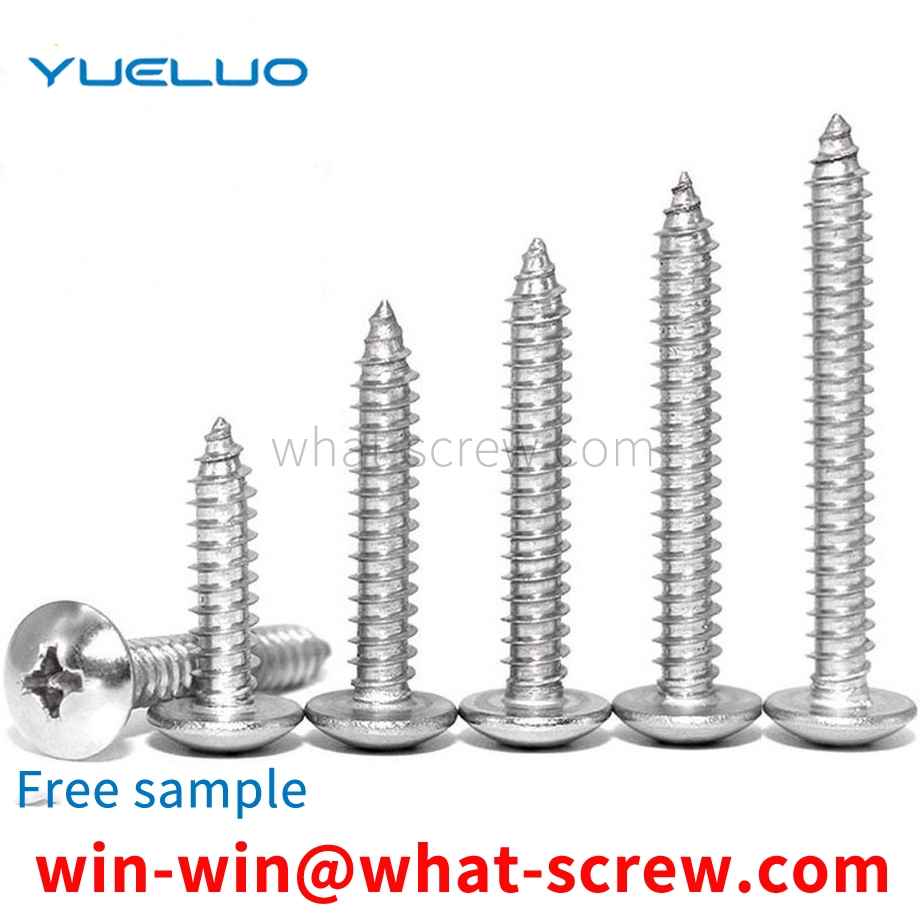
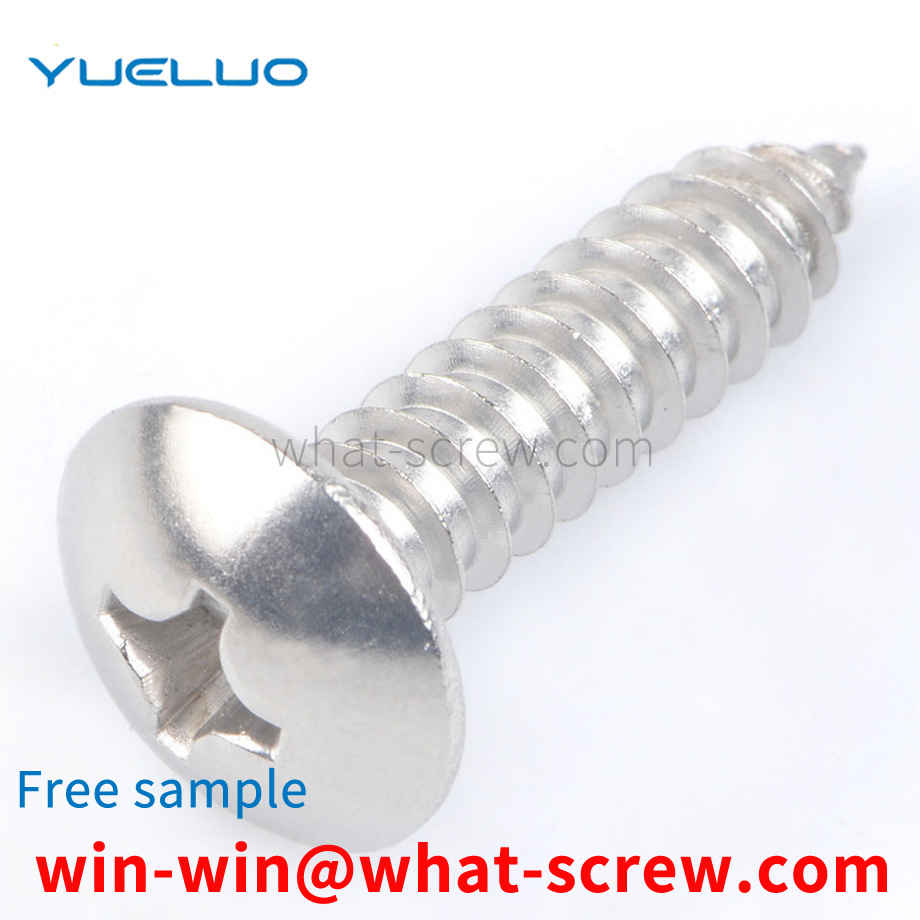
series of nuts are known in the prior art, generally comprising an internal thread which can be threaded onto the external thread of a screw of corresponding design, or a threaded bolt. Nuts of the described type are used, for example, as nuts for fastening screw-like cable connections in conduits of sheet metal housings. Sheet metal housings of this type typically have walls so thin that they cannot be threaded, so a threaded connection of this type is required to complete the installation.
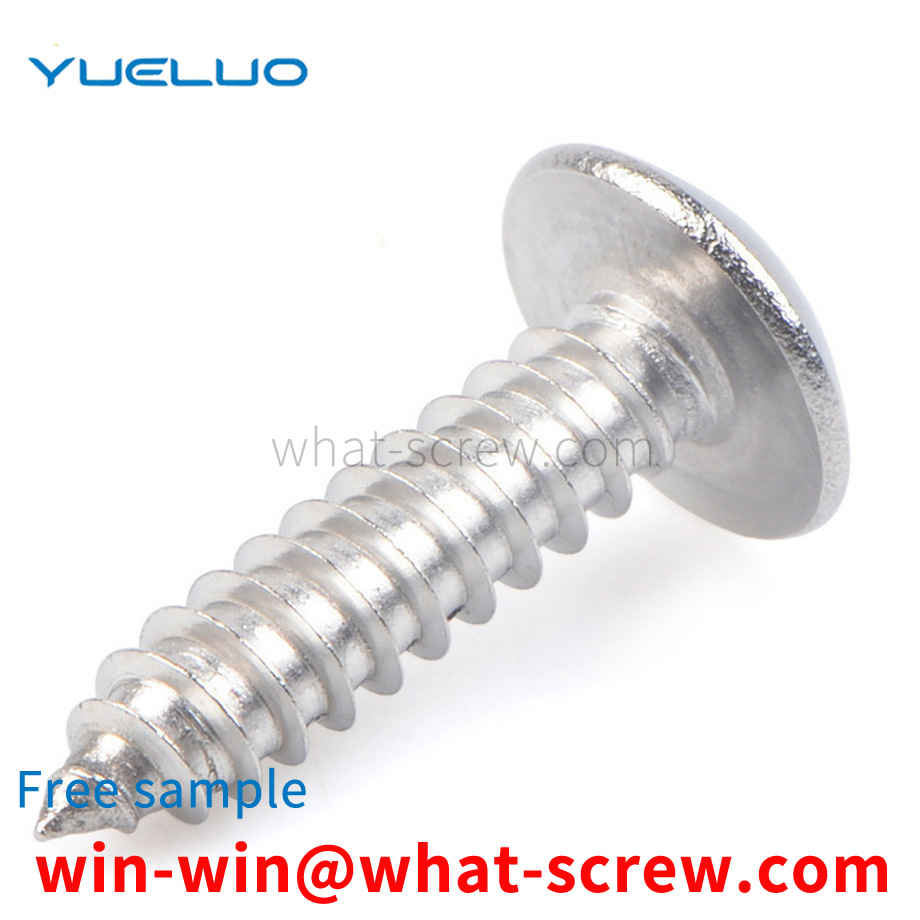
Blind hole installation type rivet is a kind of rivet for single-sided riveting. When riveting, special riveting tools, such as pull riveting, rotary riveting, etc., are required. Blind hole installation type rivets are especially suitable for riveting occasions where it is inconvenient to use ordinary rivets to be riveted from both sides. At present, blind hole type blind rivets mainly include rivet blind rivets and blind blind rivets. Most blind rivets of blind hole type contain a lock ring, through which the core rod is locked into the nail sleeve, and there is a common lock ring. Risks of falling off, insufficient clamping force, etc., and the matching relationship of each sub-part in the processing process must be strictly coordinated to ensure the best installation effect; most of the screw-type blind rivets screw the thread through the driving nut to make the nail body or pipe The body is deformed to form a bulge, and the clamping force and anti-vibration ability after installation are much stronger than that of the rivet type, but there are also many sub-parts to drive the nut, mandrel, nail body, tube body, the processing process and the matching of each sub-part When the thickness of the interlayer is different, the fractured part of the core rod is not flush with the interlayer board. For the installation parts with high flatness requirements, air tools are often required to mill them flat.
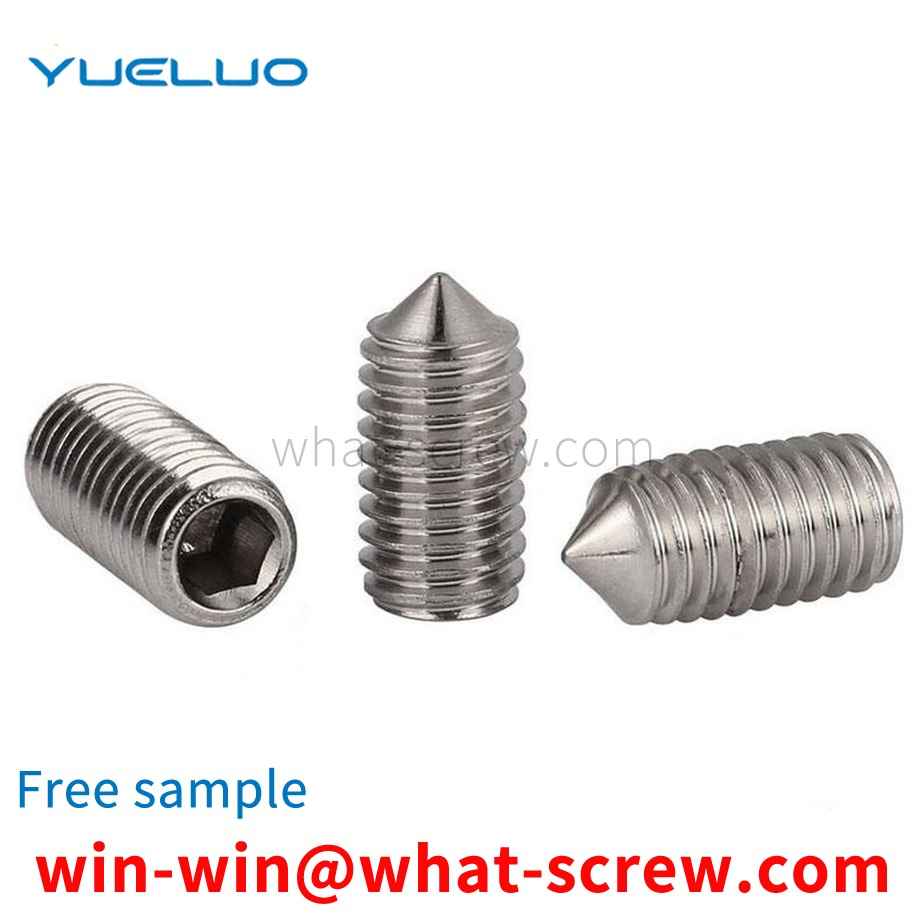
The above content is uploaded by Yueluo or the Internet. If there is any copyright issue, please contact [email protected].

What is the tolerance range of precision screws?

How to choose the right stainless steel screw manufacturer?

Why is there an R angle under the head of the hexagon head s...
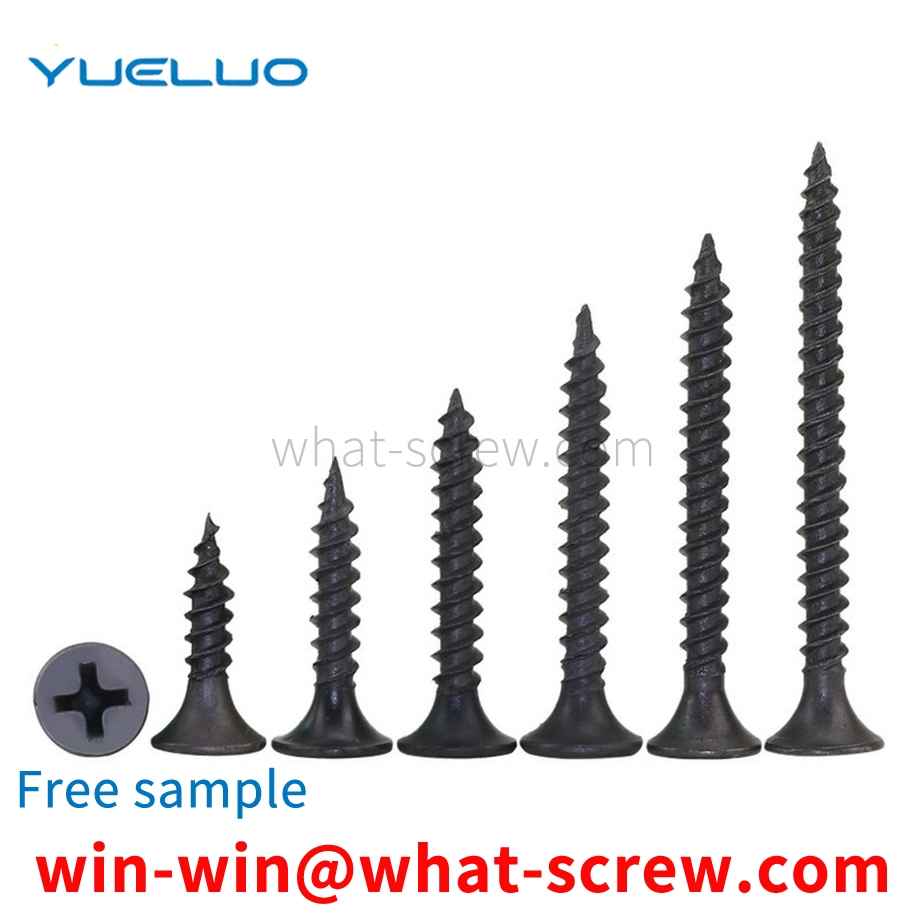
We have more than ten years of production experience in the ...
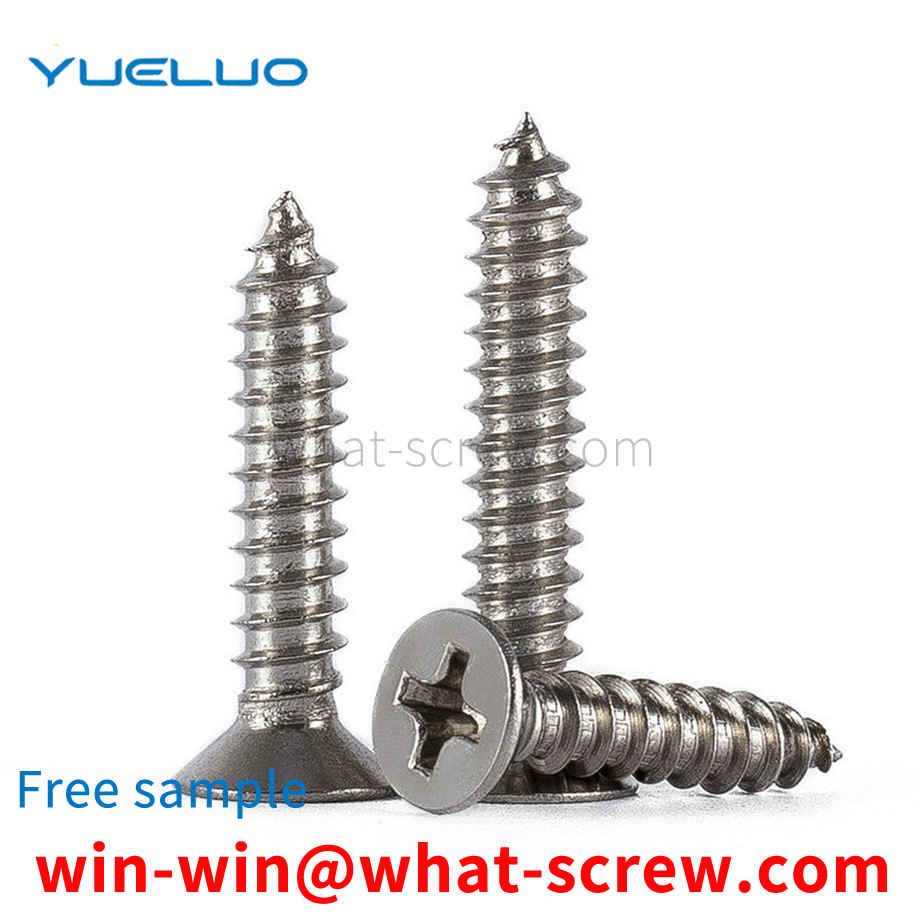
We have more than ten years of production experience in the ...

We have more than ten years of experience in screw industry ...

We have more than ten years of experience in screw industry ...